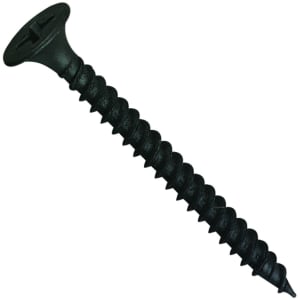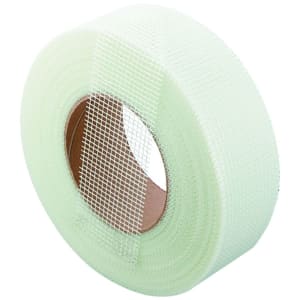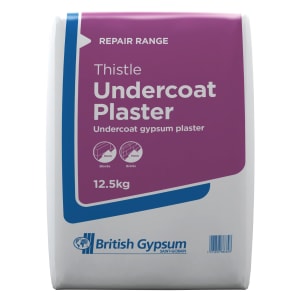How much does internal plastering cost? Our expert explains all the factors when budgeting for this finish
It’s a key element when it comes to renovation, extension and self-build projects, so here is everything you need to know when budgeting for plastering walls and ceilings
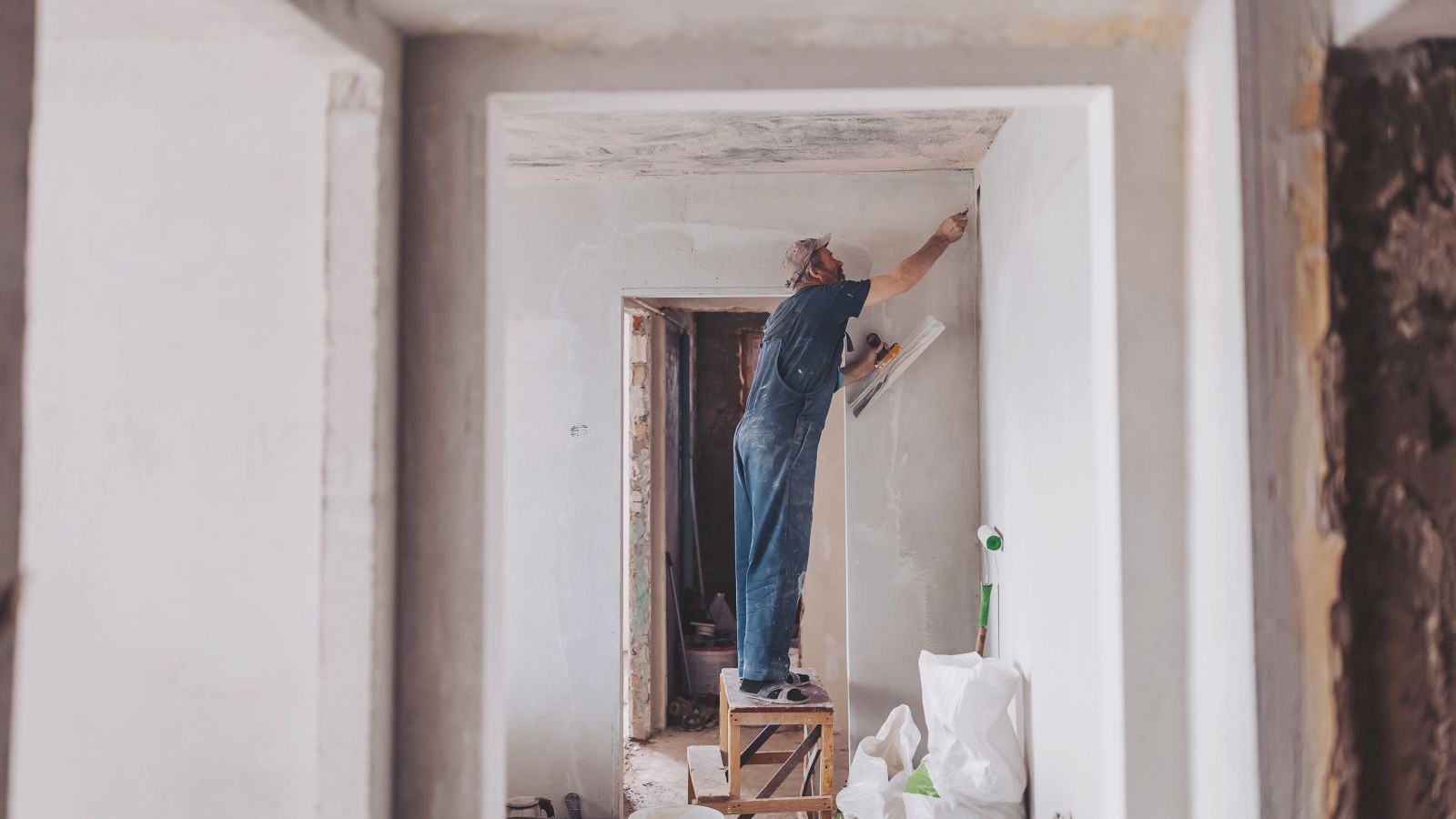
On a new build, renovation or repair job, plastering is a key component in producing smooth, long-lasting walls and ceilings. In addition to improving the appearance of a house, a properly plastered surface also makes an excellent base for decorating, as it will help ensure that paint or wallpaper has the correct surface for bonding or adhesion.
However, the type of plastering needed for your particular project, the quality of the surfaces already installed and the labour costs in various regions of the country can all significantly influence internal plastering costs.
With knowledge of these costs in advance, homeowners, renovators and self-builders can budget more accurately when plastering walls and not face unexpected outgoings. To enable you to make fully informed decisions for your project, we’ll dissect the major factors on the cost of internal plastering, ranging from materials and labour to preparation work and finishes.
Factors affecting internal plastering costs
The overall cost of a plastering project depends on a range of factors, from the size and complexity of the project to preparatory work, materials and so on.
To make sure that all aspects of cost are covered, homeowners should always ask for detailed quotations from professional plasterers or builders. The following are all factors that may affect the cost of the entire job:
1. Renovation vs new build
The plastering prices rely primarily on the character of the project, namely whether it’s a renovation or new-build project. Older homes may need more preparation, such as repairing cracks in ceilings, removing old lath and plaster or attending to dampness issues.
The material and labour costs may escalate as a result of this added endeavour. In a new build, because walls and ceilings are new with clean, smooth faces, it tends to be simpler and quicker to plaster. This minimises labour and preparation times.
Bring your dream home to life with expert advice, how to guides and design inspiration. Sign up for our newsletter and get two free tickets to a Homebuilding & Renovating Show near you.
2. Size of your project
Because larger rooms will require more materials and labour, plastering them will automatically be more costly. However, as plasterers can cover a larger area more efficiently, the cost per square metre could actually come down for bigger projects.
Because it’s often tricky to work in narrow spaces, small rooms (such as box rooms or bathrooms) may actually cost more per square metre.
3. Complexity: ceilings or very high walls
Hard or complex plastering jobs need additional labour, time and expertise, and this is more expensive. Ceilings take longer to plaster compared to walls, and it might be more expensive if scaffolding or expert equipment is needed to reach particularly high ceilings.
Expert plastering techniques, which cost more, may be needed for original lath and plaster walls, curved surfaces or ornate decorative details such as cornices, coving or ceiling roses.
4. How easy the area is to access
Accessibility issues can make the work take longer and be more costly for the plasterer if they have to operate in confined areas, around exposed beams or in loft conversions.
5. Condition of existing walls and ceilings
If the current plaster is in poor condition, new plaster cannot be applied until additional repair work has been completed. Where there are several layers of plaster that need to be hacked back to the background structure or brickwork, the removal of old, cracked or blown plaster adds to the labour cost.
Cracked, damp or uneven walls must be repaired prior to plastering. Additional costs may be added if bonding coats, patch repairs or damp-proofing treatments are required.
6. Plasterboard type
The cheapest choice is standard plasterboard and this can be used on most internal walls and ceilings. In areas with high moisture or high humidity, such as bathrooms and kitchens, moisture-resistant plasterboard should be used but this is more expensive than other types of plasterboard.
To improve fire resistance and sound insulation, fire-resistant or acoustic plasterboard is often fixed between floors or party walls – this will also add to the overall cost.
One of the most expensive types is insulated plasterboard, which consists of a plasterboard bonded with insulation. This costs much more than the standard plasterboard costs, but as it provides a higher thermal performance it will lower heating bills over time.
Shop plasterboard and sundries
7. The type of plaster finish you choose
The chosen type of finish will also determine the cost. For skimming, a thin layer of plaster is skimmed over a plasterboard wall or plaster to produce a smooth finish. In general, this is the most budget-friendly plastering method.
For a tougher, longer-lasting finish, two-coat plastering consists of a base and finishing coat. Although more costly than skimming, this is required for exposed or rough masonry. Decorative or Venetian plaster is more expensive and requires specialist skills.
8. Hiring labour in different locations
As plastering is a specialised trade, labour costs may differ based on factors such as task complexity, level of skill and geographical location.
In comparison to the North or rural areas, labour prices are generally higher in London and the South East. While professional plasterers are more costly, their experience may guarantee an excellent, long-lasting finish.
9. Whether scaffolding or skips are needed
Depending on your project, you may also need to factor in some extra costs. This could include things such as scaffolding for high walls and ceilings, skip hire or rubbish removal fees if large quantities of old plaster or plasterboard have to be removed.
Project schedules might also need to be extended because new plaster has to dry out before decoration can take place. How long does plaster take to dry? This depends but it is worth bearing in mind it could take longer in colder months.
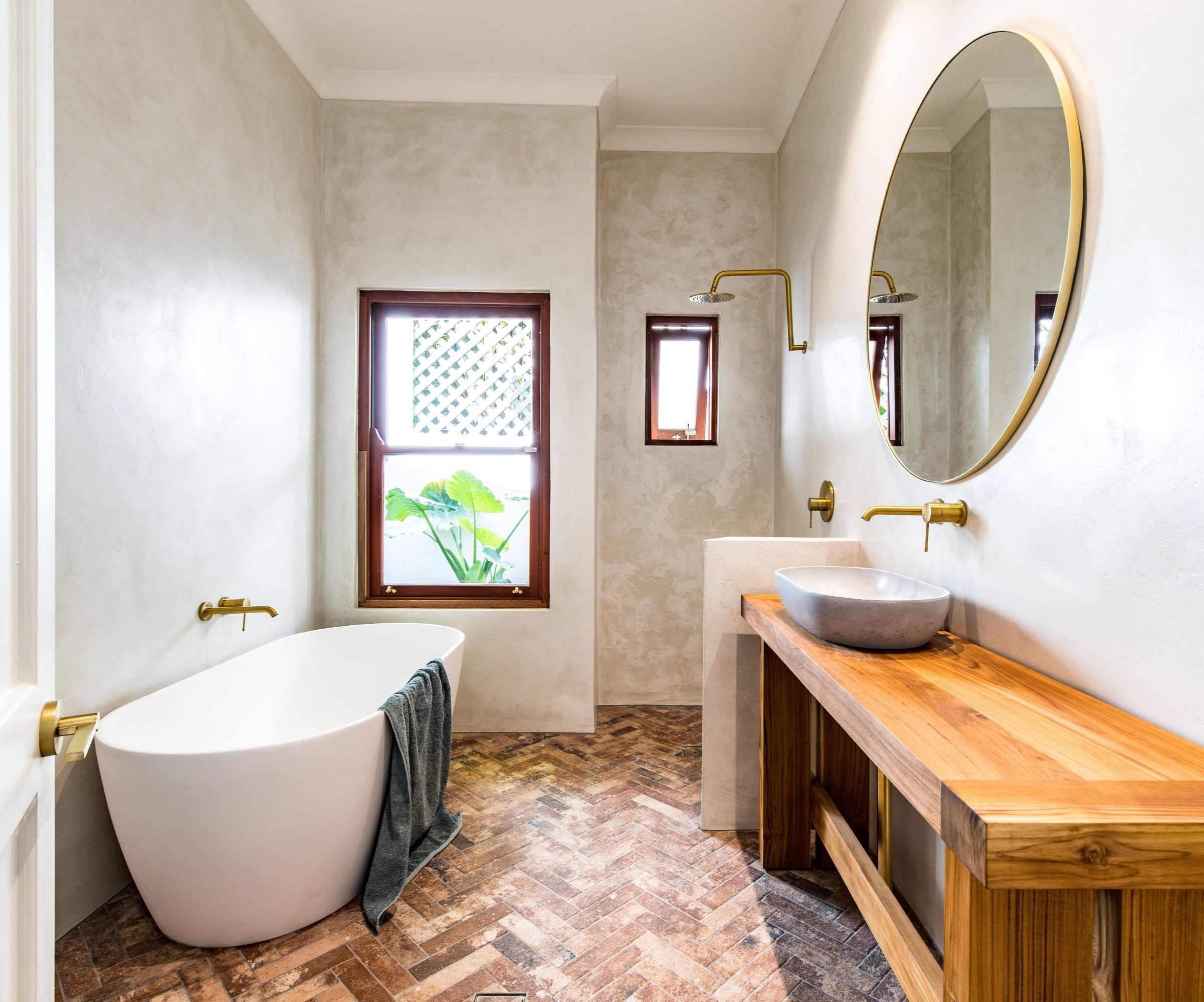
Costs for different plastering techniques
The sort of plastering you opt for will have an impact on the overall cost and how long the project takes. These are some of the most common ways of plastering and the average cost you should budget for.
1. The cost of gypsum plastering
The most widely used modern types of plaster, which comes in pre-mixed powder form like multi-finish plaster (for smooth finishes) and bonding plaster (for irregular surfaces).
Easy to apply and quick-drying, it’s inexpensive and can be used on the majority of interior walls and ceilings of modern homes and new builds. Drying time is three to five days before decorating and costs are £25-£40sq m.
Shop Gypsum plaster
Plastering task | Cost | Size | Duration |
|---|---|---|---|
Small room plastering | £400/£700 | 3x3m (9m2 walls) | 1-2 days |
Large room plastering | £700/£1500 | 5x4m (20m2 walls) | 2-4 days |
Small room skimming | £300/£500 | 3x3m (9m2 walls) | 1-2 days |
Large room skimming | £500/£900 | 5x4m (20m2 walls) | 2-3 days |
Repairing cracks in plaster | £100/£250 | Small cracks across a wall | 2-5 hours |
Plastering over or repairing a large hole | £150/£400 | 0.5-2 m2 area | 3-6 hours |
2. Cost of wet plastering
Long-established method in which masonry walls are covered with wet plaster. Normally involves a two-coat system, consisting of a finishing smooth coat over a base coat (eg, bonding or browning plaster).
In contrast to dry plastering, it dries more slowly but leaves a smooth, hard-wearing surface. Typically used in older houses with solid masonry walls or where an extremely hard-wearing finish is required. Drying time is five to seven days before decorating and the average cost is £30-£50sq m.
3. The cost of dry lining
Uses plasterboard sheets adhered to walls with a ‘dot and dab’ technique or attached to metal or timber studwork. Rather than being overlaid in numerous layers of plaster, joints are filled and taped by a ‘dryliner’ (this is a separately recognised trade).
Less expensive and quicker than wet plastering, although not necessarily so durable or soundproof. Used for temporary remodelling work, partition walls and new-build properties.
Drying time is just one day and decoration can begin once the jointing compound has dried. Cost is £20-£40sq m (plus skimming if necessary).
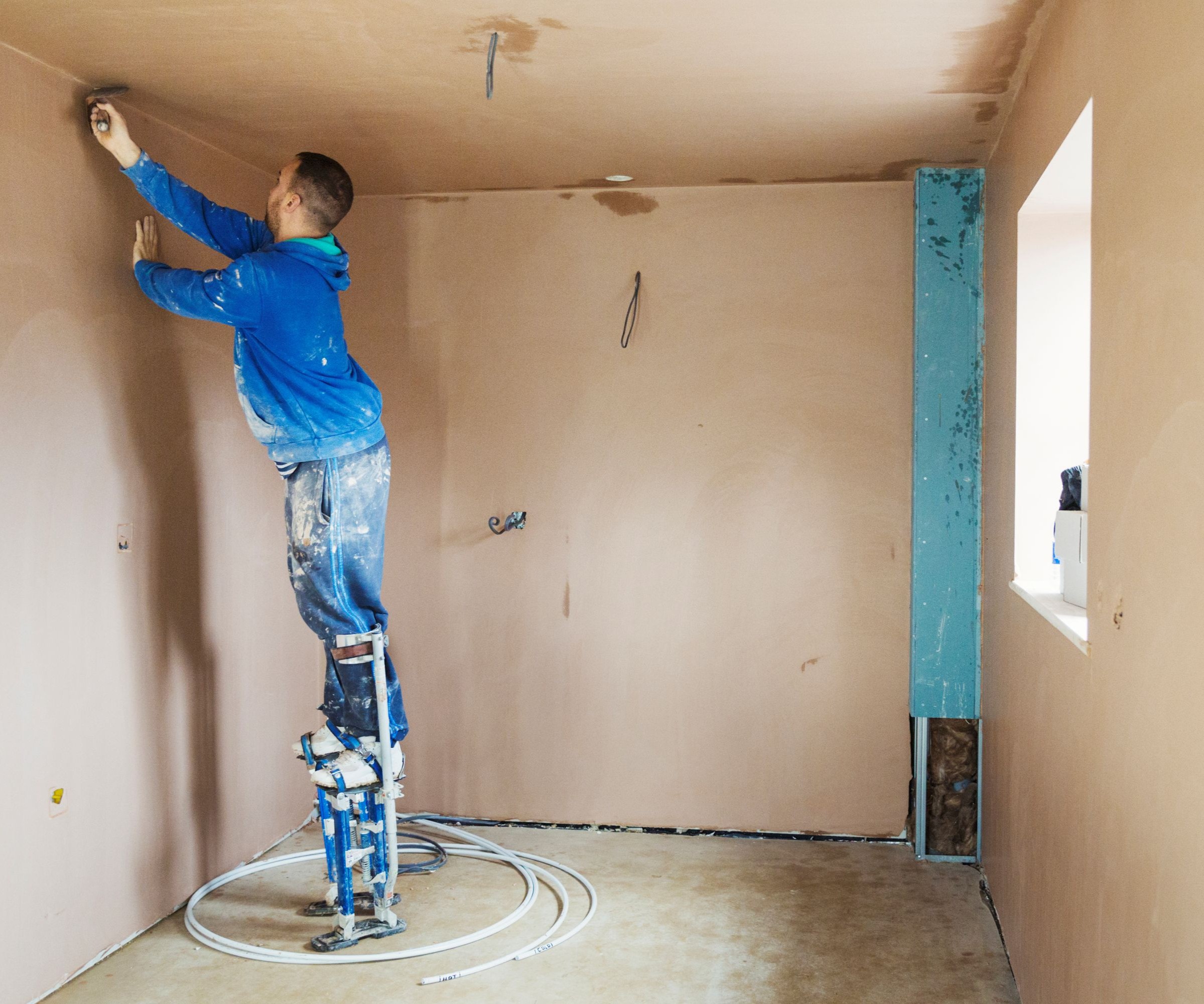
4. The cost of lime plastering
Historically used to finish period and historic homes, this flexible and porous plaster is made of lime and sand. It is less likely to suffer from dampness and cracking because it controls the moisture, but is harder to apply than new plaster and requires greater specialist skills.
Lime plaster is used in eco-friendly renovations or existing older homes and you will need to allow for one to two weeks’ drying time prior to decorating. Average costs are £70-£100sq m.
5. Cost of polished plaster or Venetian plaster
Slaked lime and marble dust are used to make this decorative plaster, which is then polished to a high level of sheen and smoothness.
Venetian plaster provides a luxurious marble-like finish but requires specialist application skills, which makes it more expensive than normal plastering. Drying time is 24-48 hours between coats (several coats will be required) and costs are in the region of £100-£150sq m.
6. Cost of waterproof lime plaster or tadelakt
Sealing a Moroccan waterproof lime-based plaster with olive soap produces a durable, water-resistant and smooth finish. Substituted for tiles in areas that get wet, such as showers and baths.
Tadelakt plaster is a more costly plaster finish, requiring installation by specialists. Drying time is seven to 10 days, before final sealing and application, and costs are £120-£180sq m.
Labour costs and other expenses
Depending on the type of job, plasterers usually charge a day rate of £180-£250 per day for standard plastering work, with Venetian, lime and tadelakt increasing to £375 per day.
When it comes to organising a plastering project, there are several additional costs to consider alongside the actual plastering. These include preparation of the surface, painting, scaffolding and redecorating.
Plastering itself will be between £10-£200sq m, but scaffolding, decorating, preparation and waste removal costs can add greatly to the overall price. Always ask if these are to be charged in addition or are included in your quotation for plastering.
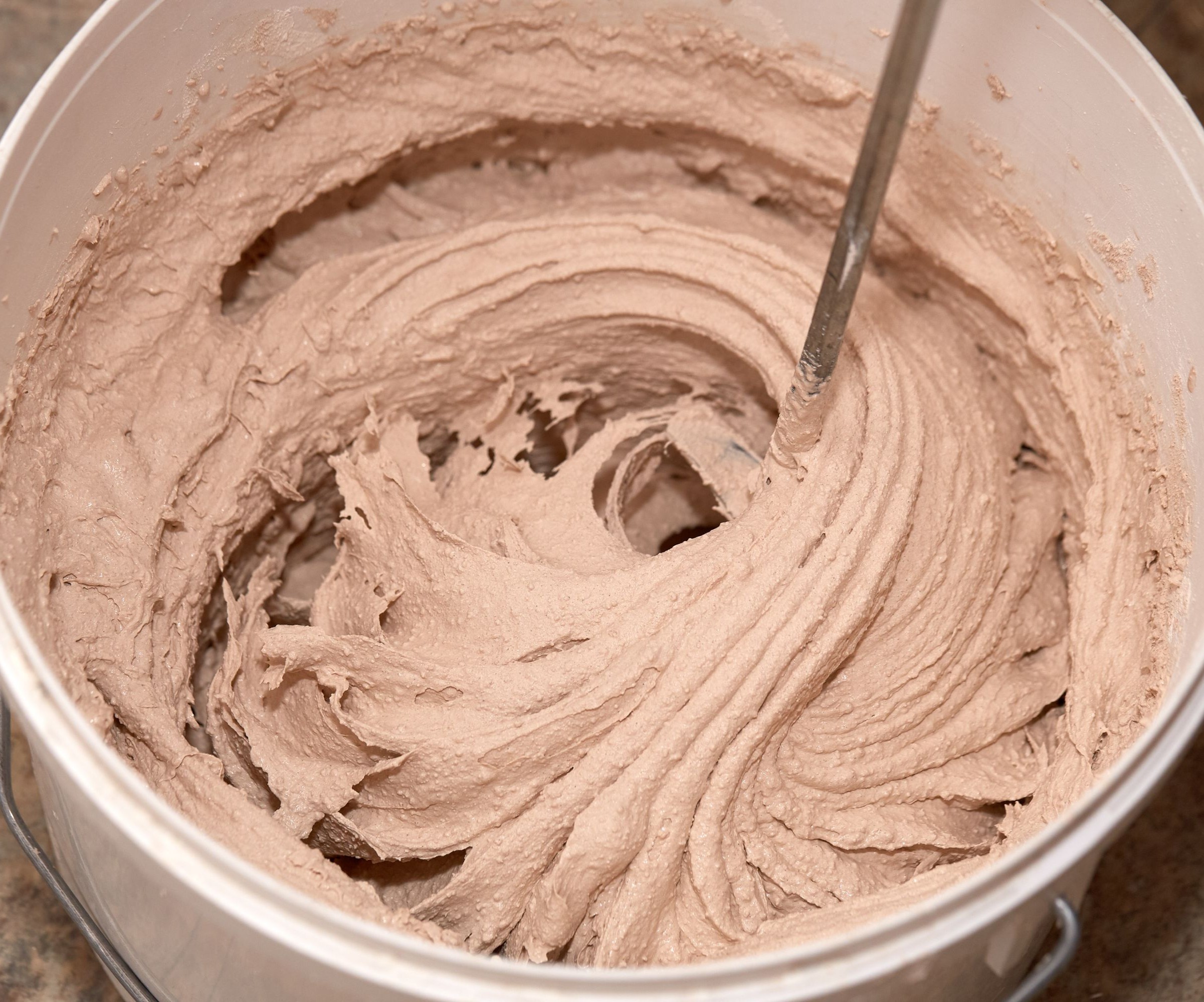
FAQs
How do I hire the best tradespeople for the job?
Always request a written quotation from your plasterer or builder, ensure it contains labour, plant and materials, as well as waste removal and any preparation work required.
Check the expertise and experience for the tradesperson, too, so if your plasterer only does traditional skim work, you don’t want them attempting Venetian plastering on your home if they have never done it before.
Consider the cost of scaffolding in the event of stairwells or ceilings (£50-£150 for a mini scaffold tower). There will also be the cost of painting and decorating – a good decorator will cost between £250 and £600 per room.
Make sure you discuss timing and availability with the plasterer. When will they begin, how long will the job last, and will they be working on your project all the time? Do not give money to a builder or plasterer who requests cash up front, they should all have good trade accounts with local builders’ merchants. I always tell clients to get a minimum of three quotes, request a cost breakdown and ensure you know what is included before accepting so you can ensure you will receive a quality job.
How can I save money on internal plastering costs?
Despite the fact that plastering may be very expensive, there are ways to cut down on expenses without sacrificing quality. Plastering is a major trade, but if you are handy at DIY, then minor jobs, like sealing small cracks, or preparation such as fixing plasterboards, can be done yourself.
Cracking, uneven surfaces or expensive repairs might be the result of poorly applied plaster. Having a professional do it is usually the best course for whole walls and ceilings, but if you are feeling adventurous, you can attempt skimming a small area – maybe an area that is not in a prominent place or which is unlikely to be seen, such as behind tiling or carcasses.
And lastly, ensure your plasterer is insured and comes with a guarantee – always check reviews – and ask for recommendations and someone who has plenty of experience with how to plaster a wall. This ensures peace of mind, especially for larger or more complex jobs. You can make wise choices and guarantee that your plastering project is both reasonably priced and of excellent quality by keeping these considerations in mind.
Tim Phillips is an experienced senior quantity surveyor and estimator and has worked in the construction industry for over 35 years. He has worked on many varied projects in this time, for corporates, public bodies and private residential clients, managing multi-million budgets.
For the past 13 years, Tim has worked on a freelance basis, whilst managing his rental property portfolio. He has extensive experience of undertaking his own full-scale house renovations. He is also a speaker and expert at the Homebuilding & Renovating Shows.

